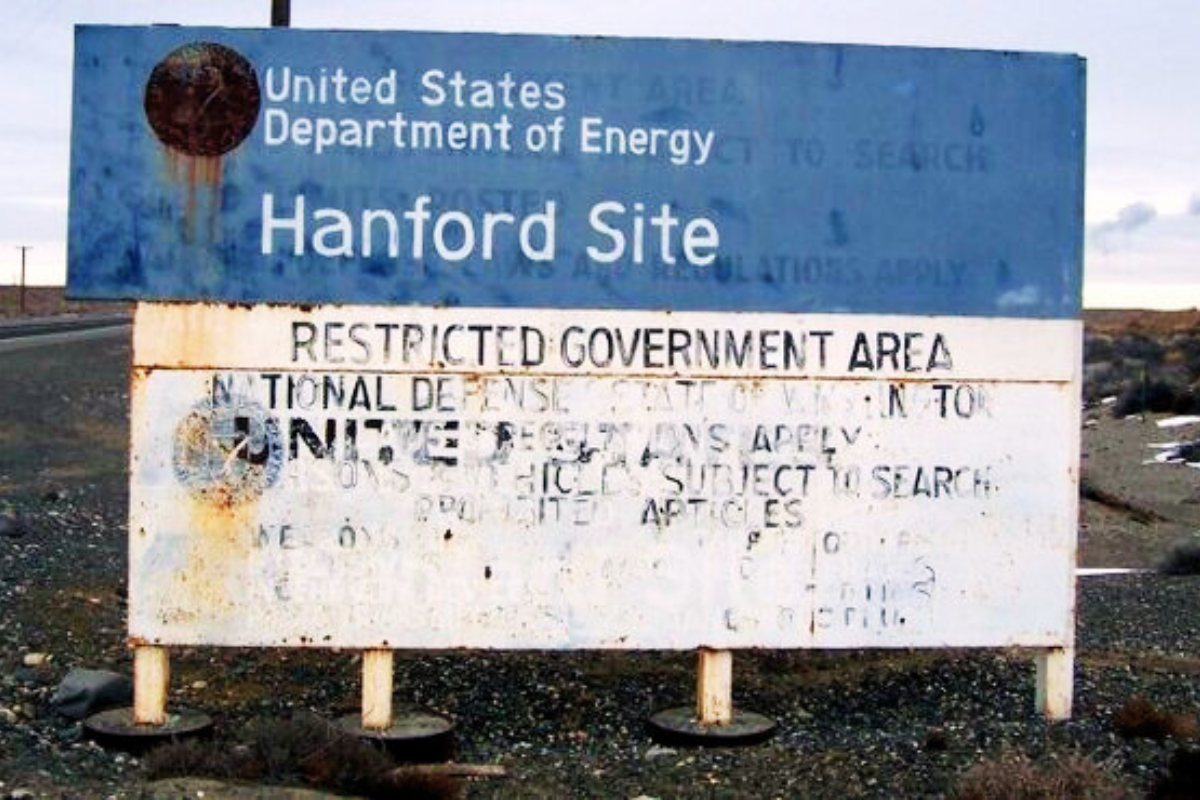Solar energy will be produced from the "Restricted Area" of the Hanford site, created during the development of the Manhattan project and then a site for the production of plutonium. This was announced by the US Department of Energy as part of the Clean up Energy program.

@wikipedia
The Hanford Site, a U.S. military facility established during World War II as part of the Manhattan Project, which led to the creation of the first atomic bombs, later played a crucial role in plutonium production during the Cold War.
Recently, the U.S. Department of Energy (DOE) announced plans to initiate real estate negotiations for a solar project capable of providing up to one gigawatt of clean energy within the 8,000 acres (approximately 3,200 hectares) of the Hanford Site in Washington State.
This initiative is part of the “Cleanup to Clean Energy” project, which aims to repurpose parts of DOE-owned lands, some of which were previously used in the nation’s nuclear weapons program, to support the growth of the clean energy economy in America.
The Hanford Site project involves the development of a solar photovoltaic system with energy storage, as stated by the DOE on July 25.
Since the Biden administration launched the “Cleanup to Clean Energy” initiative in July 2023, the DOE has announced the selection of carbon-free electricity projects in Idaho, Nevada, South Carolina, and now Washington State.
In addition to supporting the administration’s clean energy goals, this project has the potential to benefit the Hanford Site, Tribal Nations, and surrounding communities, while integrating local efforts to plan for the future. The DOE will complete the necessary environmental review and regulatory processes and will continue to engage and collaborate with industry, Tribal Nations, communities, stakeholders, regulators, and others as clean energy projects are developed on DOE lands.
Source: Department of Energy
